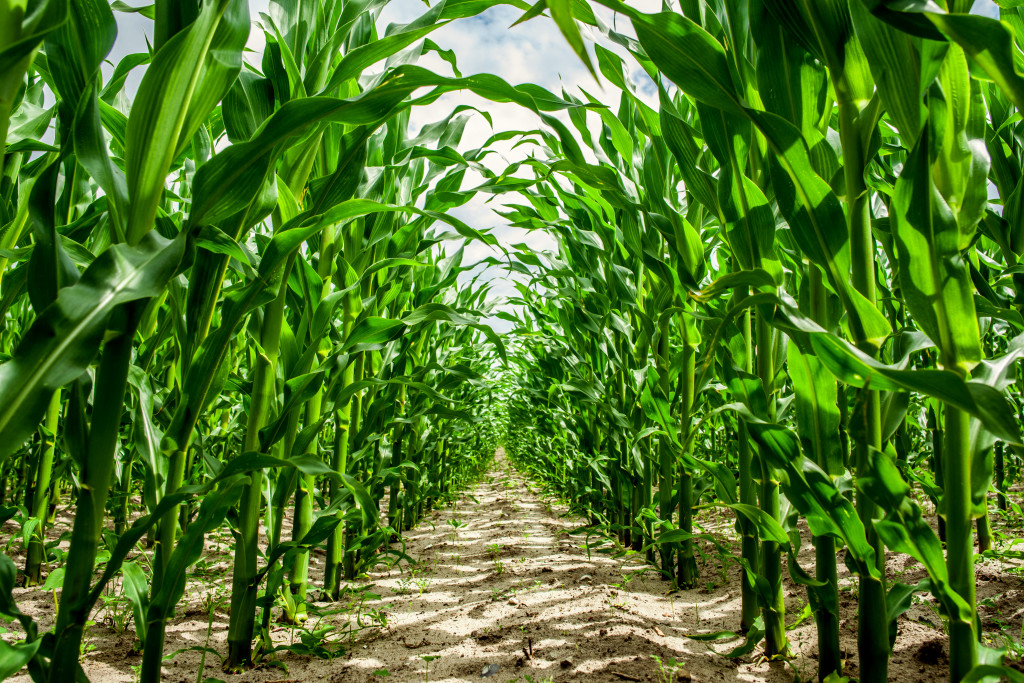The worldwide pandemic is changing modern agriculture. People are more worried about their health, and the effect food has on it today than ever before. To meet this increased demand for nutritious food, the agriculture sector must move towards sustainability. Farmers are increasingly using innovative technology to guarantee business sustainability for current and future generations.
Fortunately, new technologies are continually emerging to help farmers produce nutritious food while conserving natural resources. Finally, both forestry and agricultural trends indicate that new technologies are required to address present and future problems. So, let’s learn what these innovations are and how they help forestry and farming.
Using the Internet of Things (IoT)
The use of IoT technology in agriculture and forestry is already very successful. IoT drives devices, network devices, and network infrastructure is already transforming both sectors. Among the main advantages are:
- Precision farming increases food production
- Lower manufacturing costs with variable rate application (VRA)
- smart cost management in actual
- the possibility of remotely measuring forest characteristics and wirelessly transmitting information from sensors to a centralized pillar
- IoT technology provides for increased profitability, lower expenses, and increased efficiency of agricultural and forest monitoring to detect risks early and minimize the effect of natural or artificial catastrophes currently occurring
IoT technology uses GPS, monitors, design documents, and algorithms to provide accurate, relevant information to allow quick decision-making in agriculture and forestry. IoT-powered systems can suggest fertilizer dosages, identify irrigation needs, and detect illnesses and pests. Better visibility, knowledge, and command over the farm or forest implies better time management, decision making, and resource utilization. It means greater yields, more money, better food, and less pollution in agriculture.
Bright and distant forest monitoring in forestry. What does it do? Sensors in the field or forest detect temperature, soil pH and moisture, transpiration rate, fertilizer concentration, and other variables. The data is immediately transmitted to the cloud for processing.
Robotics and Automation
Robotics in agriculture and forestry reduces the burden on human resources. Both sectors rely on drones, mechanized harvesters, and other robotic equipment. Agricultural and forestry robotics applications include plant and harvest accuracy; autonomous vehicles; computer vision for accurate planting and sprinkling; high-tech equipment for remote tree planting and forest monitoring, just like drones in agriculture; eventually, technology provides limitless possibilities in forestry and agriculture.
While some of these possibilities are being extensively utilized, others remain untapped, especially when both sectors’ present trends indicate an obvious need for new tech trends to help.

The Emergence of Data Science
When it comes to farm or forest monitoring, artificial intelligence, machine learning, and data science contribute to data analysis and forecasts. Data science is used to analyze the data generated by IoT devices and machine learning algorithms. It makes it possible to get previously processed information rather than raw data, resulting in more accurate and timely decision-making.
Here is what the use of artificial intelligence, machine learning, and data science in agriculture and forestry may provide: prediction of crop yield, analytics for long-term crop viability, recognition of different types of plants, crops, and trees, determining the presence of tree or crop diseases or insect infestations. Waste minimization is essential.
Use of Artificial Intelligence
Instructions are supplied into a machine body, and intelligent work is produced without effort. Crops are harvested and stored once they have been planted. The proper timing and other variables are essential considerations for growers or farmers at every stage. Its verified data analysis and forecasts may be catastrophic. Data science processes channel all the vital agricultural data gathered by IoT devices and ML algorithms. Farmer decision-making is changing since they can no longer utilize raw data.
Making Use of Geographic Information System (GIS) in Agriculture
GIS is a technology that depicts any geographical object using hardware, software, and data in space representation. The technology is used in satellites, UAVs, GPS systems to find data and collect data for the study. In agriculture, farmers may use GIS to evaluate complex spatial data, such as the quantity of rainfall, terrain, soil uplift, path, wind, flooding, degradation, and so forth. Several satellites are already deployed by the government or universal agencies, such as Landsat 8, where you have to pay a specific price to obtain your geographical information.
Since the beginning of human civilization, agriculture has evolved dramatically. It has changed from a labor-intensive business to an intelligent and rational decision-making sector. Farmers nowadays are informed and make intuitive choices. However thrilling it may seem, behind it lies a concealed danger.
Farmers must utilize the vast quantity of data accessible on the Internet to provide cost-effective and proven solutions. We saw the beautiful multitude of new technological trends in agriculture 2020. Be an innovator of these technologies to enhance your farming company drastically.

